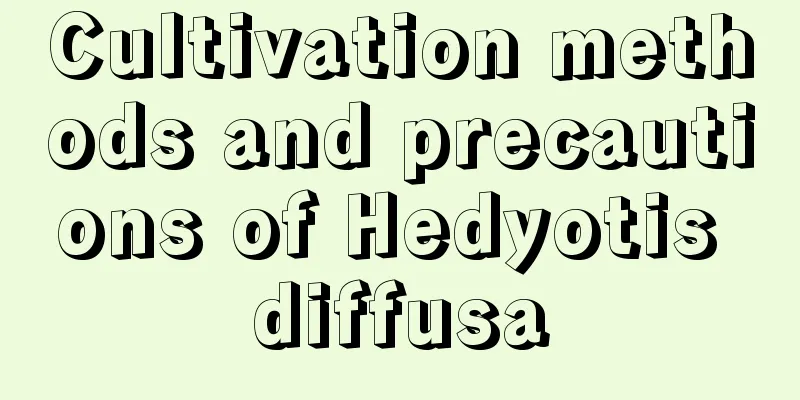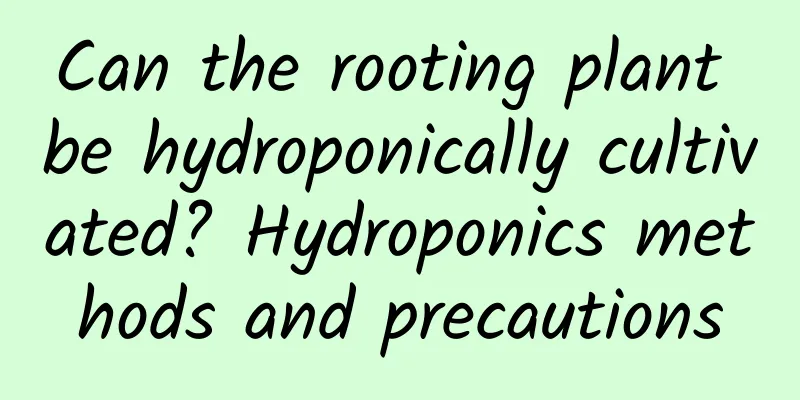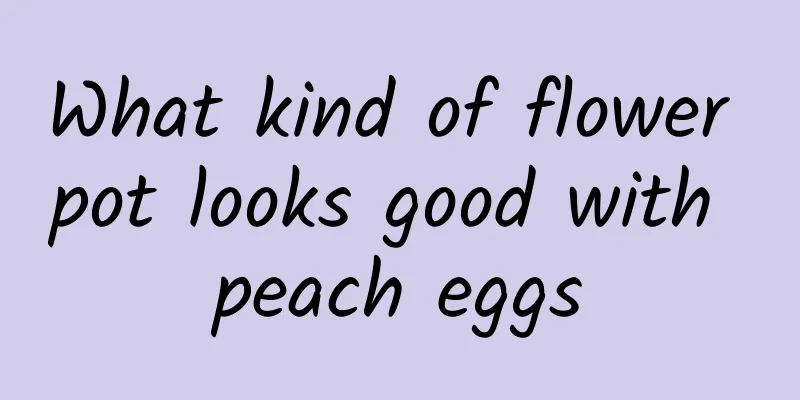Cultivation methods and precautions of Hedyotis diffusa

1. Maintenance methods1. Soil: It likes to grow in soil rich in nutrients. When preparing the soil, you can mix it with garden soil + leaf mold + base fertilizer. Such soil is more conducive to its growth. 2. Water: When growing Houttuynia cordata, try to keep the soil in the pot moist. It has high requirements for water, but you still need to pay attention to drainage during the rainy season to avoid water accumulation and root rot. 3. Fertilizer: When it is growing vigorously, it needs to be properly topdressed to meet the nutrients required for its normal growth. It does not need too much, just apply thin fertilizer frequently to avoid root burn due to inability to absorb. 4. Sunlight: Its quality depends on the light conditions. If there is sufficient light, it will grow well. If the light conditions are not good, it is likely to grow too tall. 2. Breeding techniques1. Seed treatment: After collecting the seeds of Hedyotis diffusa, place them on hard ground and rub them with a wooden stick to remove the wax on its surface. Its seeds are very small, so don't use too much force when rubbing, and be careful not to crush the seeds. 2. Reproduction: Houttuynia cordata is usually propagated by sowing. After pre-treatment, the seeds are evenly sprinkled on the soil and then covered with a thin layer of soil. Spray the soil with water, provide shade during the day and wait for germination. 3. Problem diagnosis and treatment1. Pests and diseases: Houttuynia cordata has relatively few pests and diseases. The most common ones are some underground pests. If you find them, you need to use cyperus sulphide to poison them in time. 2. Wilting: It is a plant that is afraid of both drought and waterlogging. When cultivating it, you must strictly plan the frequency and amount of watering. If it is not appropriate, it will wilt or even have yellow leaves. IV. Other issues1. Toxicity: Houttuynia cordata is non-toxic. It is a detoxifying drug in itself and has a good effect of clearing heat and detoxifying. There is no need to worry about poisoning when breeding. 2. Can it be grown indoors: Houttuynia cordata can be grown indoors. It can be placed in a well-lit location indoors and ventilated frequently, and it will grow well. |
<<: Allen's breeding methods and precautions
>>: Cultivation methods and precautions of celandine
Recommend
Chrysanthemum repotting time and method
Chrysanthemum repotting time It is recommended to...
How to propagate Osmanthus fragrans
1. Layering propagation This propagation method i...
How to grow Crassula in winter
Move indoors promptly The Crane's Palm is not...
What to do if the leaves of ginseng ficus turn yellow
1. Change pots and soil Reason: If the soil of th...
What should we pay attention to when raising flowers at home?
What should we pay attention to when raising flow...
White Peony Planting Conditions Planting Environment and Climate Requirements
Introduction to White Peony White peony root has ...
How to cultivate lychee grass
1. Soil: Litchi grass has strong growth ability a...
How often should figs be watered? Watering tips in spring, summer, autumn and winter
How often should you water your figs? Figs like m...
How to grow purple root orchid to make it bloom
Purple orchid blooms Purple root orchid usually b...
When growing camellia, you don’t know these 3 things? No wonder every time I grow a pot of rice, it dies!
There are many camellia buds, but they are slow t...
How to propagate African jasmine by cuttings? Methods to achieve a high survival rate of cuttings
In the reproduction of African jasmine, the commo...
How to grow Christmas cactus quickly
1. Lighting Some flower lovers may wonder, isn’t ...
How often should I water jasmine?
How often should I water jasmine? Jasmine likes a...
Is sesame planting profitable? Planting costs and profits
Is growing sesame profitable? The price of sesame...
Cutting propagation of Cyperus rotundus
1. Time The timing of cuttings is very important....









